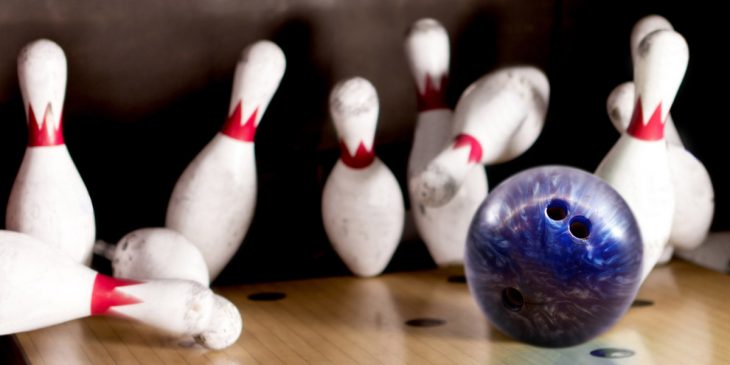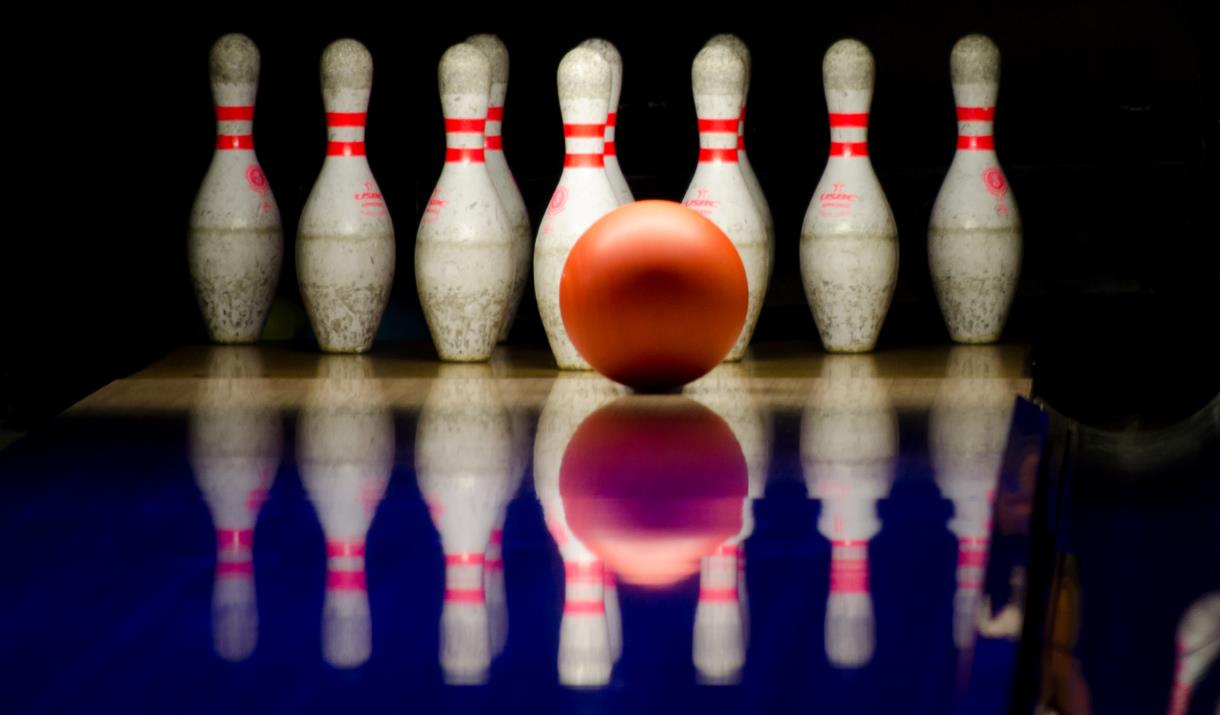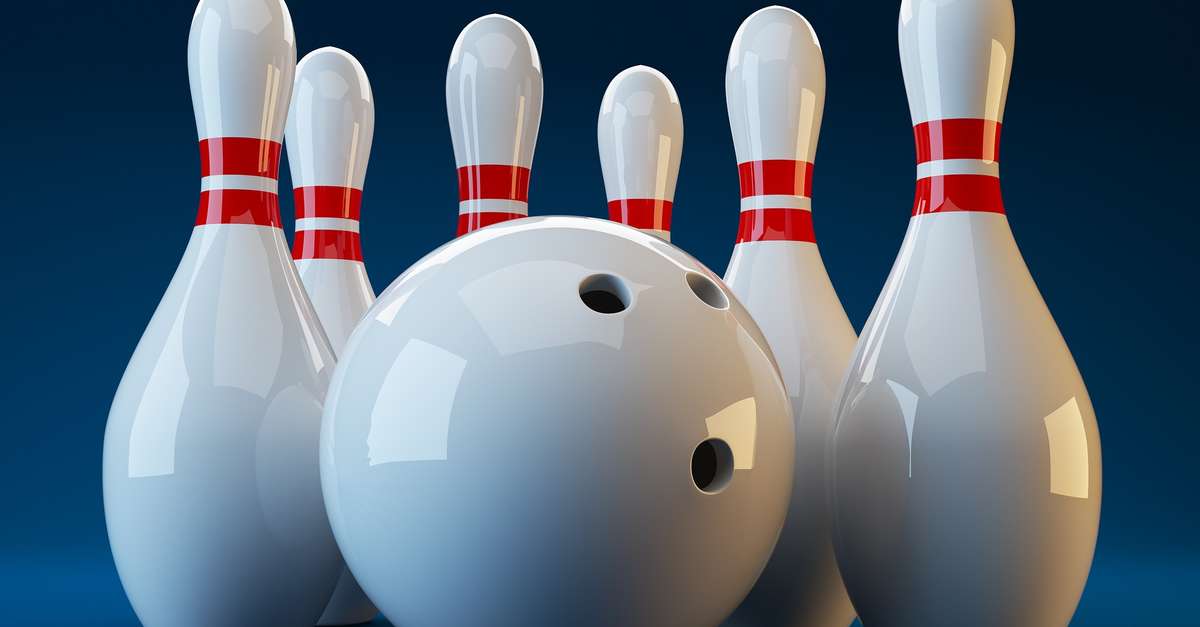
Bowling is a beloved sport enjoyed by people of all ages and skill levels. Whether you’re a casual weekend bowler or a seasoned pro, the satisfying sound of pins crashing and the thrill of scoring a strike are universal experiences. But beyond the basic knowledge of rolling a ball down the lane, there’s a wealth of intriguing facts and history surrounding this sport. In this article, we’ll explore 11 captivating bowling facts that will enrich your understanding and appreciation of this timeless pastime.
Bowling’s Ancient Origins
Bowling’s roots can be traced back to ancient civilizations. It is believed that the Egyptians played a game similar to bowling as early as 5,200 B.C. The game involved throwing stones at nine pins, and evidence of its existence has been found in ancient tombs.
The Birth of Modern Bowling
Modern bowling, as we know it today, originated in 19th-century Germany. German immigrants brought the sport to America, where it gained popularity among the working class. Initially, pins were set manually by pinsetters, but advancements in technology eventually led to automatic pin-setting machines.
The Ten-Pin Standard
While variations of bowling exist worldwide, the most widely recognized form is ten-pin bowling. This version features ten pins arranged in a triangular shape at the end of a wooden or synthetic lane. Players aim to knock down as many pins as possible using a heavy ball with finger holes.
Bowling Ball Evolution
Bowling balls have come a long way since their humble beginnings. Initially, balls were made from wood, but in the early 20th century, rubber became the preferred material. Today, most balls are made from a high-tech composite called reactive resin, which offers better hook potential and pin action.
Bowling Pin Secrets
Did you know that bowling pins are deliberately weighted? Each pin has a slightly heavier base to ensure that it stands upright after being hit by a ball. Additionally, modern bowling pins are coated with a thin layer of plastic, enhancing their durability and providing consistent performance.

The Perfect Game
Achieving a perfect game in bowling is a rare and impressive feat. A perfect game, also known as a “300 game,” involves rolling twelve consecutive strikes in a single game. The odds of accomplishing this extraordinary feat are approximately 1 in 11,500 for a professional bowler.
Bowling Alleys Galore
Bowling alleys can be found in virtually every corner of the world. The United States alone boasts over 5,000 bowling centers, each offering a unique experience. From classic retro-themed lanes to state-of-the-art facilities with advanced scoring systems, there’s a bowling alley to suit every taste.
The World’s Largest Bowling Alley
The world’s largest bowling alley, according to the Guinness World Records, is the Inazawa Grand Bowling Center in Japan. This colossal facility features mind-boggling 116 lanes, ensuring there’s plenty of room for bowlers to showcase their skills and enjoy the game.
Bowling for Health and Fitness
Bowling is more than just a leisure activity; it also offers numerous health benefits. It provides a low-impact workout that improves muscle strength, flexibility, and coordination. Additionally, bowling helps to burn calories and can contribute to weight loss when combined with a healthy lifestyle.
Bowling’s Pop Culture Influence
Bowling has left an indelible mark on popular culture. Numerous movies, such as “The Big Lebowski” and “Kingpin,” have featured bowling as a central theme. The sport has also inspired its own subculture, with dedicated bowling fashion, slang, and even competitive leagues.

Bowling’s Olympic Aspirations
Despite its widespread popularity, bowling has yet to become an Olympic sport. The sport has made several unsuccessful bids for inclusion in the Olympic Games. However, bowling enthusiasts and organizations continue to advocate for its recognition as an Olympic event.
Conclusion
Now that you’ve journeyed through these fascinating bowling facts, you’re equipped with a deeper understanding of the sport’s rich history and unique intricacies. Whether you’re a casual bowler seeking to improve your game or someone curious about the world of bowling, these insights add a new dimension to your appreciation of this timeless pastime.
Frequently Asked Questions (FAQs)
How long is a standard bowling lane?
A standard bowling lane is approximately 60 feet long from the foul line to the headpin.
How heavy is a regulation bowling ball?
A regulation bowling ball typically weighs between 14 and 16 pounds, although lighter options are available for beginners and children.
What is the professional bowling tour called?
The professional bowling tour is known as the Professional Bowlers Association (PBA) Tour.
Are there different bowling styles?
Yes, there are various bowling styles, including the conventional style, the two-handed style, and the backup or reverse hook style.
Can you play bowling left-handed?
Absolutely! Bowling is a sport that can be played by both right-handed and left-handed individuals.
Was this page helpful?
Our commitment to delivering trustworthy and engaging content is at the heart of what we do. Each fact on our site is contributed by real users like you, bringing a wealth of diverse insights and information. To ensure the highest standards of accuracy and reliability, our dedicated editors meticulously review each submission. This process guarantees that the facts we share are not only fascinating but also credible. Trust in our commitment to quality and authenticity as you explore and learn with us.
